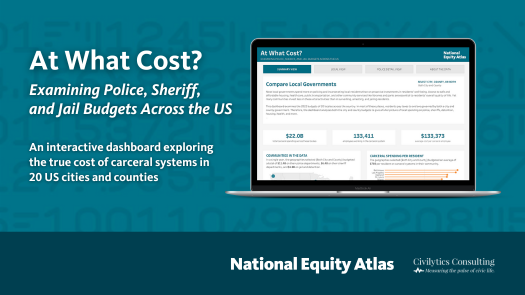Unpacking Housing Challenges and Solutions in the Bay Area
We are thrilled to unveil our latest series, Housing Equity in the Bay Area: Numbers and Narratives. This series offers an in-depth exploration of the region’s housing dynamics, illuminating the complex factors that have fueled the ongoing housing crisis while showcasing the innovative solutions being championed by community changemakers. Developed in collaboration with our community advisory board, the Equity Campaign Leaders (ECL), this series aims to inform and inspire action toward a more equitable housing landscape.
Unpacking the Bay Area’s Affordable Housing Crisis
The Bay Area’s longstanding housing crisis has significantly worsened since the early 2010s, primarily due to the region’s persistent underproduction of affordable homes. This shortfall has been exacerbated by the prioritization of market-rate and luxury developments, which has overshadowed the urgent need for affordable housing options. As a result, many residents are increasingly struggling to find affordable places to live, revealing a significant disconnect between housing investments and the actual needs of communities. Our analysis tracks the ongoing state of the housing crisis across the nine-county Bay Area from 2010 to 2022. The findings indicate that population growth has consistently outpaced housing development, contributing to overcrowded households and declining vacancy rates. We also provide recommendations for prioritizing public investments in affordable housing and implementing policies that ensure access for low-income residents.
Mapping Housing Equity Efforts in the Bay Area
What will it take to resolve the Bay Area’s housing crisis? Our latest StoryMap provides a compelling examination of the critical role community organizations play in advocating for affordable housing and tenant protections across the region. It emphasizes the interconnected nature of housing initiatives led by ECL members and their organizations, with a focus on equitable governance, community mobilization, and the production and preservation of affordable homes. Through sustained organizing and active community engagement, these organizations are tackling immediate challenges while laying the groundwork for long-term solutions. Together, their efforts embody a shared vision for a more inclusive and just Bay Area, where every resident has access to safe, affordable, and high-quality housing.
Defining Housing Equity Terms for the Bay Area
To further support our readers, we have developed a housing equity glossary specifically designed for the Bay Area. It provides clear and comprehensive definitions of key terms, concepts, and policies related to housing justice and equitable community development. By demystifying the often complex language surrounding housing equity, this resource empowers readers to engage more effectively in discussions and solutions that shape our region’s housing landscape.
We invite you to explore these resources and consider how they can support advocacy efforts for equitable housing solutions in your community. We also welcome you to share your stories, questions, and insights with us, as your experiences and perspectives will help enrich this growing body of research.


